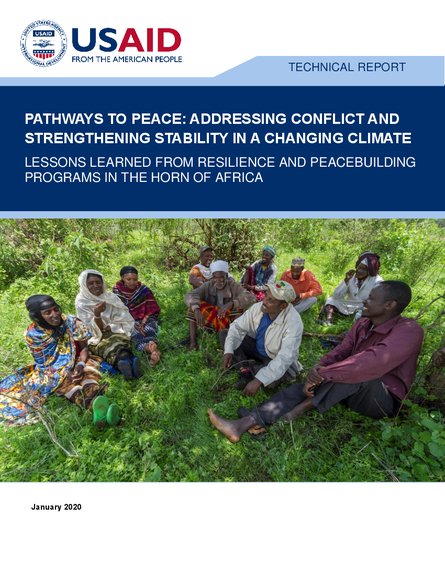
There is increasing evidence and recognition that climate variability and change is a risk multiplier that can exacerbate social, economic and environmental pressures, such as rapid urbanization, social inequality, economic shocks and environmental degradation. This is especially true for communities that are highly dependent on natural resources for their livelihoods, and in situations where other stressors, such as social, ethnic or historical tensions, large-scale land development and population growth, are at play. If strategies to address these challenges do not take into account their interdependent nature, they will fail or, in the worst case, exacerbate fragile governance conditions. Interdependent challenges need integrated answers.
These compound climate-fragility risks interact in complex ways and are heavily context-specific. As a consequence, it is important to understand how and to what extent climate change acts as a driver of conflict and fragility, in relation with other factors, and in each specific context. USAID has been at the forefront of developing and implementing strategic programming which addresses the likelihood of conflict over natural resources through improved intercommunal relations and support for broad and inclusive governance structures.
This report, part of the Pathways to Peace: Addressing Conflict and Strengthening Stability in a Changing Climate series by the Adaptation Thought Leadership and Assessments (ATLAS) project, critically assesses how peacebuilding programming can also produce adaptation benefits (and vice versa), so that interventions simultaneously contribute to reduced intercommunal conflict and strengthened resilience to a range of shocks and stresses, including droughts, floods and rainfall variability. It draws on the evaluations of three USAID programs in the Horn of Africa, as well as other relevant programs that included peacebuilding and climate change adaptation components to synthesize lessons learned, develop and test a theory of change, and offer recommendations integrating programmatic approaches that consider and address compound climate–fragility risks.